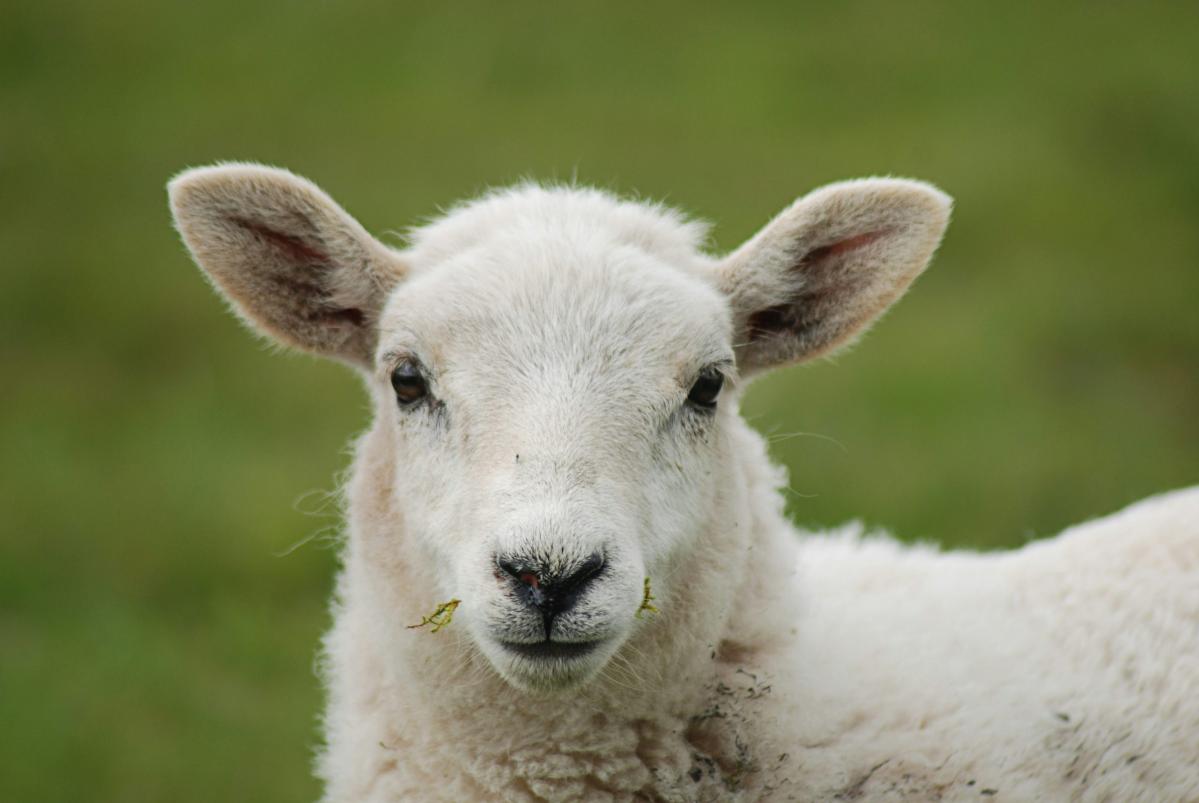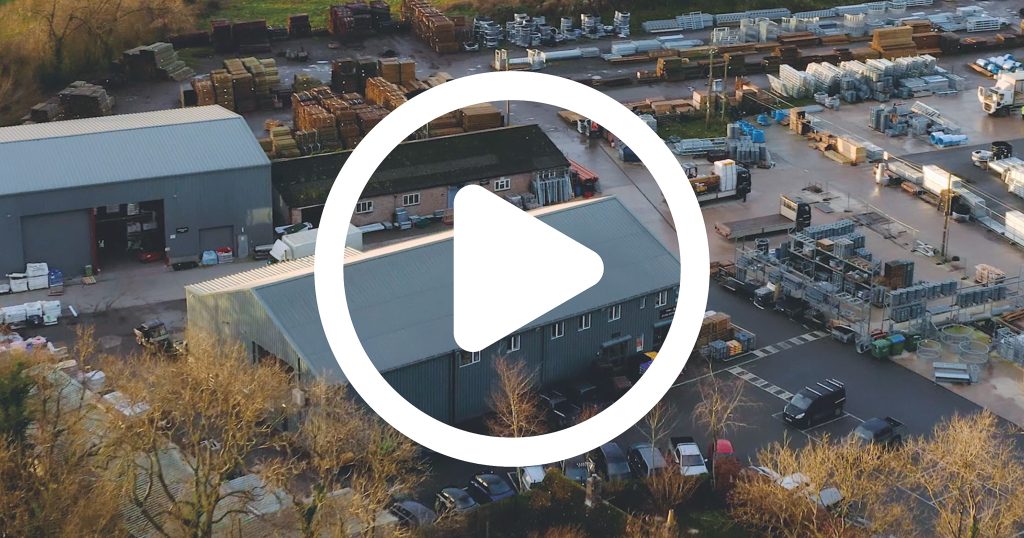
In our guest blog, ANIMAX's Area Manager, Flor Ryan, offers practical advice on optimising ewe management in the lead up to lambing, putting a lens on areas of wastage that can be avoided. As we know, it’s the weeks leading up to lambing that we have most influence over ewe condition, lamb birth weight, colostrum produced by the ewe, and lamb survival.
Doing things in the right order and at the right time is vital. Specifically, if a pregnant ewe is deficient in any essential trace elements, vaccinating and drenching efficacy is likely to be compromised. This blog covers some of the key management areas in the lead up to lambing:
1. Feeding the correct diet
Energy and protein
Aim to conserve and use only the best forage source for breeding ewes, fed on an ad-lib basis. Aim for high quality grazing and/or silage with metabolizable energy (ME) of over 11 MJ/kg dry matter (DM) and without any contamination by mould. This will help to save on concentrate feeds whilst ensuring ewes are getting adequate energy and protein for their growing lamb.
Trace elements
Almost all soil, and therefore grass and forage, are deficient in enough of one or more of the trace elements essential to an animal’s performance. Undersupply of trace elements can manifest as costly clinical or subclinical challenge in the lead up, during, and even after lambing.
Clinical symptoms are nearly always obvious, but many subclinical symptoms - listed out below - are often less obvious and may occur as a result of a number of different reasons.
Sheep conditions:
- Ill-thrift (cobalt)
- Swayback (copper)
- Anaemia (copper and/or cobalt)
- Nutritional / White muscle disease (selenium)
- Poor growth / feed conversion efficiency / pool wool quality (copper
- and/or cobalt)
- Poor fertility (copper / cobalt / iodine / selenium)
In any case, farmers are first prompted to analyse their soil and forage to understand any deficiencies in their main source of feed before deciding on a supplementation strategy.
Buckets, licks, and/or blocks are the most common means of supplementing forages and grasses insufficient in energy and trace elements during lambing. However, with all these means of supplementation, individual animals may not receive adequate supplementation. For example, some ewes may be more proactive in visiting buckets than others. They can also pose a disease transmission risk.
By proactively bolusing with ANIMAX Tracesure® Sheep with or without copper, with its patented diffusion technology™ that offers a controlled and consistent supply of the right trace elements in the right amounts, you can be sure that every animal is getting enough during the transition – no more or less, and no peaks or troughs.
Copper
Copper is required by ruminants for enzyme function and positive weight gain. ANIMAX Tracesure® Sheep with copper supplies copper in the form of copper oxide needles that lodge in the rumen wall before gradually dislodging and passing through into the abomasum where they react with stomach acid to convert to a form that is absorbed in the small intestine before being stored in the liver. This facilitates a safe, consistent, continuous, and long-lasting supply of copper.
Cobalt
Cobalt is Important in growing and pregnant ruminants. Cobalt is converted by rumen bacteria into Vitamin B12 critical for energy cycles, metabolism, growth, and pregnancy. Cobalt is only stored in small quantities and so a continuous supply is needed. ANIMAX Tracesure® Sheep offers a form of cobalt that is available in the rumen where the bacteria can utilise it.
Selenium
Selenium is critical for normal cell function and essential for effective immune responses to viral, bacterial and parasite encounters. Selenium also supports the recovery from routine cell damage, commonly referred to as oxidative stress. ANIMAX Tracesure® Sheep with its specialist diffusion technology, contains high levels of selenium of any bolus in a safe form.
Iodine
Iodine is an essential component of the thyroid hormone responsible for regulating metabolism. ANIMAX Tracesure® Sheep contains two types of iodine to ensure an immediate supply as well as a longer term supply.
2. Vaccinating against routine diseases
Vaccination is designed to protect sheep against clostridial diseases as well as infectious agents that can cause abortions and lameness. However, vaccination efficacy depends on a number of factors.
Want to know more? Check out the NOAH website for guidance on the responsible use of animal health medicines.
3. Screening and treatment of parasites
Unless an effective treatment programme is implemented on farms affected by ectoparasites and/or endoparasites (worms and/or fluke), sheep may suffer from clinical disease and reduced productivity. If diagnostic testing shows a burden, a treatment plan should be put in place.
Top tips for effective ectoparasite and endoparasite control:
1. Fence off high-risk areas, such as streams, leaking water troughs.
2. House animals to remove them from high-risk pastures.
3. Get to learn your high-risk areas and try to avoid them.
4. Conduct regular maintenance of pipework and water troughs.
5. Perform routine faecal egg counting to monitor parasite infection status and treatment choice.
IMPORTANT! Some antiparasitic products contain selenium, in which case trace element supplementation must only occur after consulting veterinarians to avoid oversupply and toxicity.
Want to know more? Check out the scops.org.uk and the NADIS website, and don’t forget to consult your veterinary surgeon and/or SQP!
4. Checking their environment
Housing
For ewes that are housed during lambing, optimum stocking and nourishment is vital for performance. Allow adequate lying and feeding space, as per the guidelines below:
Area required on straw (m2/ewe)
Large ewe 60-90 kg in lamb: 1.2 - 1.4
Large ewe 60-90 kg in early lactation: 1.4 - 1.8
Large ewe 60-90 kg with lambs to 6 weeks of age: 2.0 - 2.20
| Concentrates | Restricted Forage (mm/ewe) | Ad-lib forage and TMR (mm/ewe) | |
| Large ewe (70-90 kg) | 500 | 250 | 150 |
| Small ewe (50-70 kg) | 450 | 200 | 150 |
Where signs of poor ventilation are present, improve the inflow of fresh air by increasing inlet spacing or removing sheeting from an adjacent building to improve airflow.
Grazing
If ewes lamb outside, ensure fields are on a rotation to avoid parasite buildup. Rotate pastures moving ewes with older lambs to ‘clean’ fields further away as the lambing season progresses.
Spend time in the lambing fields checking ewes but leave ewes and lambs to bond for at least 30 minutes after lambing.
Consider providing adequate shelter in lambing fields for ewes to lamb.
Sheep can have milk fever / low blood calcium as part of the parturient lambing complex. ANIMAX Easycal+ Sheep provides a high calcium source that can be easily given at lambing and afterwards.
Water
Water intake in late pregnancy is around 4.5 litres per ewe per day. Water intake in early lactation is around 10 litres per ewe per day.
Tune in to find out more about StowAg:

